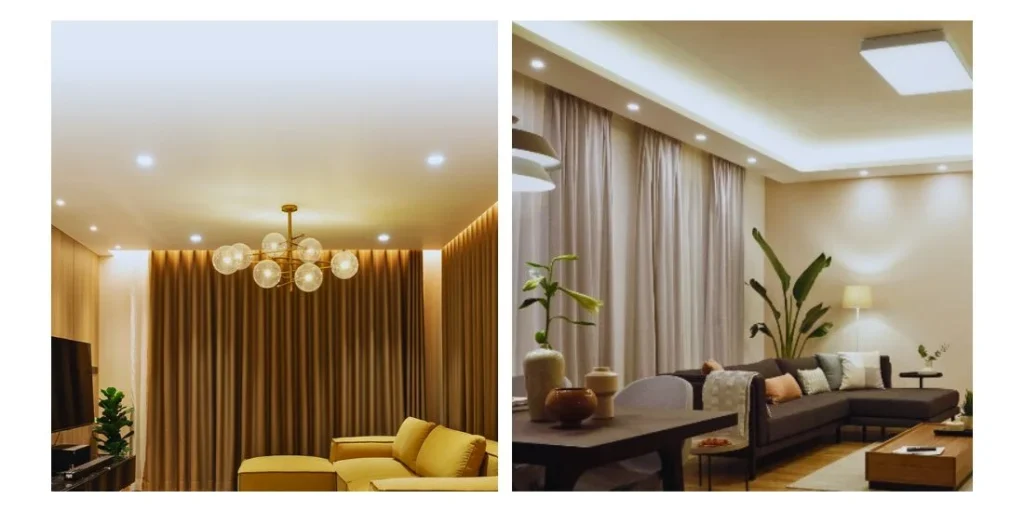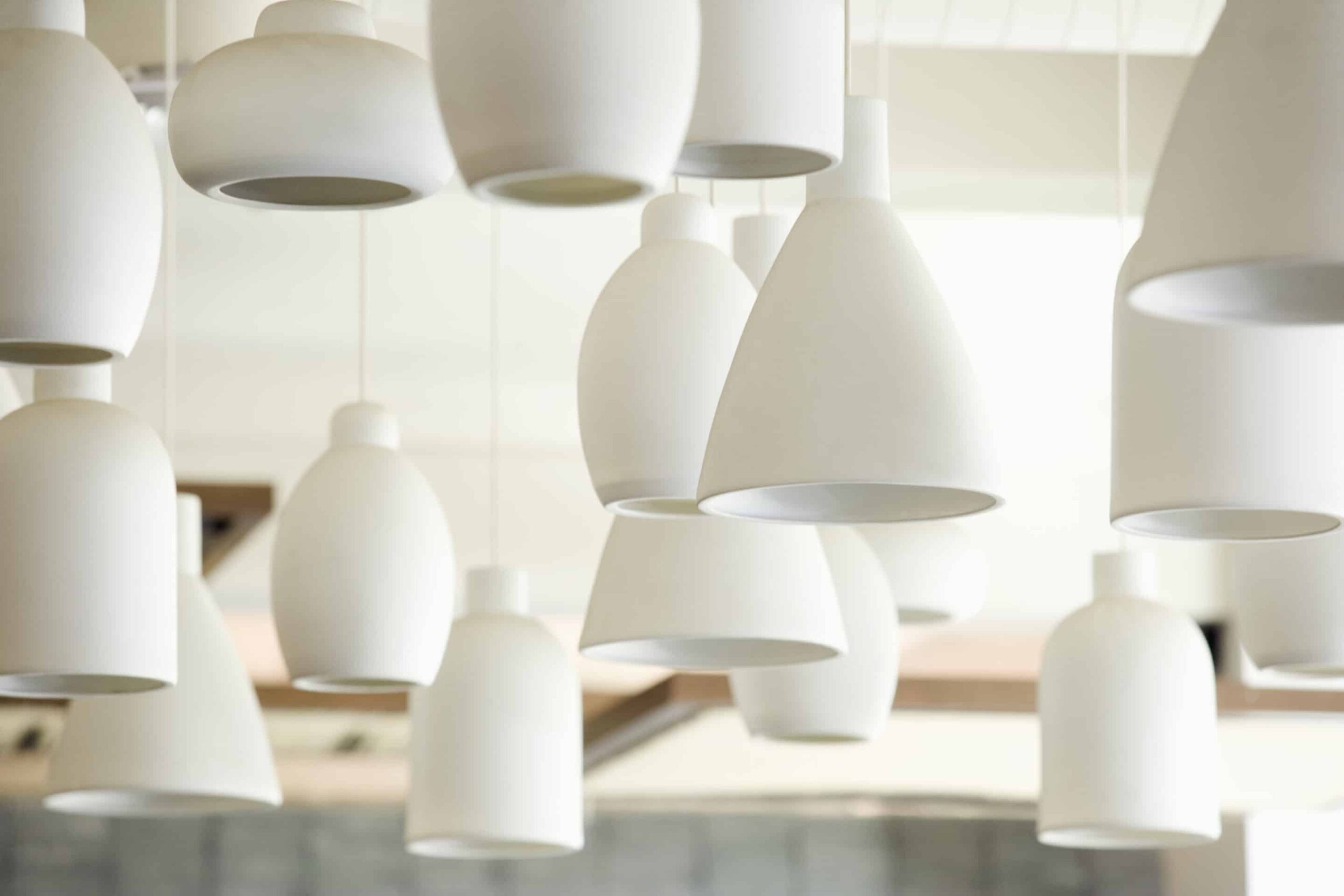Creating a beautifully illuminated home involves a blend of technical understanding and artistic flair. Here’s a breakdown of essential elements for effective home lighting decoration:
Understanding the Fundamentals
- Home lighting design revolves around three core types: ambient, task, and accent lighting. Ambient lighting provides general illumination, task lighting focuses on specific activities, and accent lighting highlights decorative features. A well-designed space incorporates all three layers.
- Color temperature, measured in Kelvin (K), significantly impacts the mood. Warm light (2700K-3000K) creates a cozy atmosphere, while cool light (3500K-5000K) offers a brighter, more energetic feel.
Strategic Placement and Fixture Selection
- The placement of light fixtures is crucial. Consider the room’s function and the desired ambiance. Chandeliers create a focal point in dining rooms, pendant lights illuminate kitchen islands, and wall sconces add depth to hallways.
- Fixture selection should complement the overall interior design. Modern spaces benefit from sleek, minimalist fixtures, while traditional homes may feature ornate designs.
Enhancing Architectural Features
- Accent lighting can showcase architectural details, such as crown moldings, artwork, and textured walls. Track lighting, recessed lighting, and picture lights are effective tools for highlighting these features.
- Under-cabinet lighting in kitchens and bathrooms adds both functionality and a touch of elegance.
Creating Ambiance and Mood
- Dimmers allow for flexible lighting control, enabling you to adjust the brightness and create different moods. Warm, soft lighting promotes relaxation, while bright, cool lighting enhances focus.
- Layering different light sources creates depth and visual interest. Combine overhead lighting with table lamps, floor lamps, and wall sconces for a well-balanced effect.
Prioritizing Energy Efficiency
- LED bulbs are a sustainable and cost-effective choice, offering long lifespan and low energy consumption.
- Smart lighting systems allow for automated control, optimizing energy usage and enhancing convenience.
Outdoor Lighting Considerations
- Outdoor lighting enhances curb appeal and improves security. Pathway lights, spotlights, and porch lights create a welcoming and safe environment.
- Landscape lighting highlights architectural features and garden elements, extending the beauty of your home beyond its interior.
The Importance of Planning
- Before making any changes, develop a comprehensive lighting plan. Consider the room’s dimensions, furniture placement, and desired ambiance.
- Measure the space and determine the appropriate size and number of fixtures.
Decorative Lighting Elements
- String lights, and decorative lamps, can add a whimsical or elegant touch to any room. These types of lighting elements are great for adding personal touches to your home.
- Mirror placement, and the use of reflective surfaces, can greatly increase the amount of light within a room.
By integrating these principles, you can create a home lighting design that is both functional and aesthetically pleasing, transforming your living spaces into inviting and well-lit environments.



